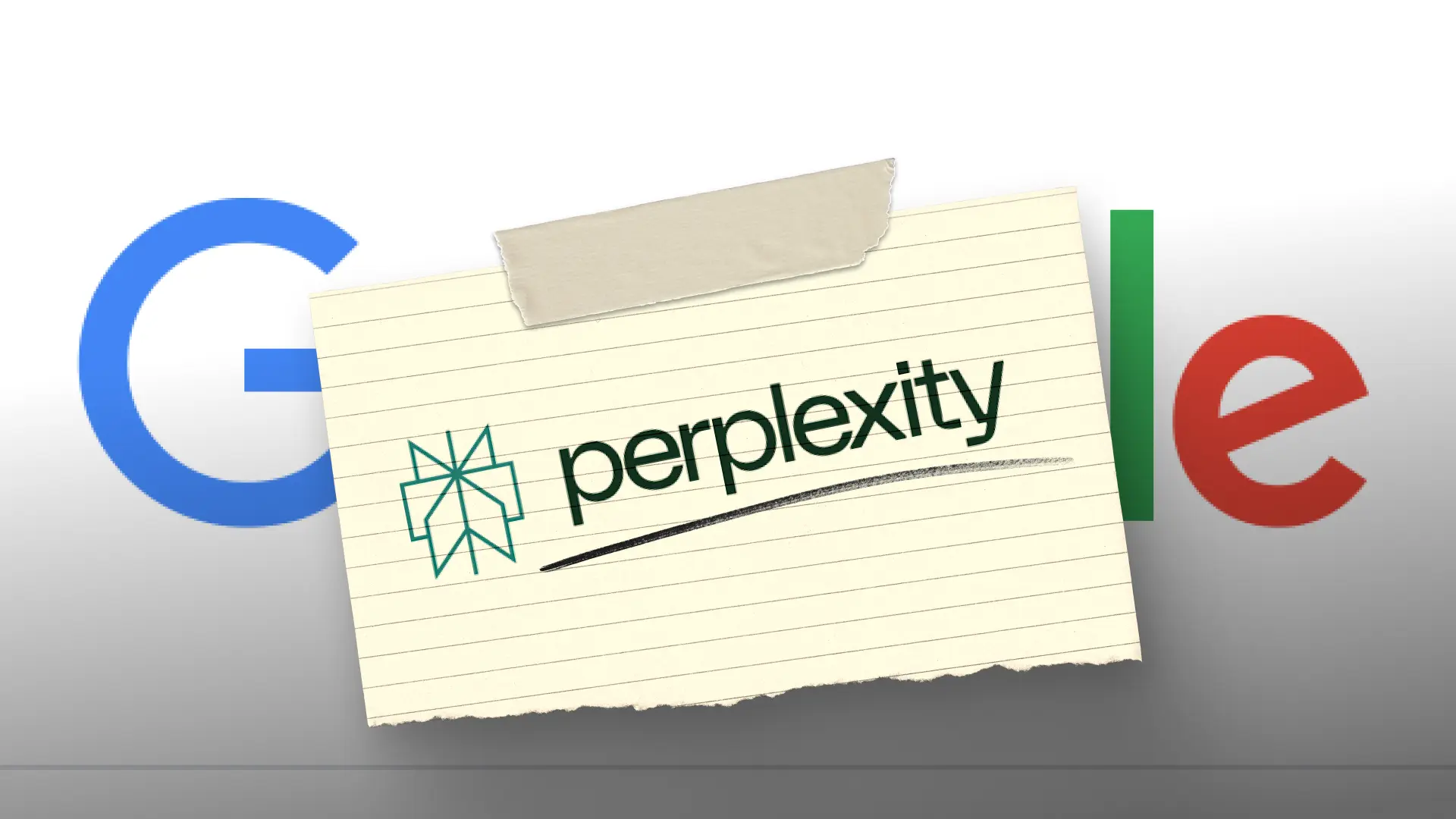sAI is everywhere. Every company is either working on them, working on incorporating them, or deciding if they should work on incorporating them. No one is sitting on the sidelines — you have to take a stance. Sure, some folks have decided to keep their product AI free.
But in the long run, to be a successful SaaS business it has become clear that you're going to need to incorporate AI into your product in some way shape or form. If you don't, you'll be out competed and outperformed. That's because AI is no longer just the realm of machine learning and data sets.
With the emergence of in-product AI, tools are helping users on board more quickly, navigate through your product faster, get answers to questions immediately, generate ideas, and do so much more.
This emergence of the AI support agent has fundamentally changed how we need to think about customer service and customer experience, and what the future of both will hold.
Why is that the case?
AI support agent overview
AI support agents are growingly popular because they are fast, affordable, and highly trainable.
This is a big advantage over traditional support methods because SaaS users are generally tech savvy and expect a smooth experience and quick resolution to their problems.
We'll keep this fairly on technical, but the core underpinnings of these tools are natural language processing and machine learning. Together, these technologies help the AI support agent intake your help documentation, understand it, interact and answer questions for the user, and then learn from those encounters.
This goes beyond the static logic tree style chatbots that were popular in the 2010s. Well these did help customers get resolution to common issues, they were inherently Limited in nature and did not have any real cognitive power behind them. It was merely pre-programmed input → outputs.
One thing that sets apart AI support agents is its limited knowledge scope. Unlike a generative AI tool like ChatGPT that has been built on the entire universe of human writing and knowledge, AI support agents are trained solely on your internal documentation.
This keeps it focused and reduces the AI “hallucinations” which have been seen in tools like ChatGPT and Bard.
So how does an AI support agent work?
Let's give you a simple example. Imagine a user is interested in how to run a test in a new feature, which we’ll call X.
The user comes into the product, and clicks into the AI Support Agent. The conversational follows as such:
Agent: Hello! How can I help you today?
User: Hey, I am trying to run a test in that new feature X so that I can measure our performance. How can I do that?
Here, the user has presented the AI support agent with both some context and a discrete request. The AI agent knows:
- The user wants to run a test in feature X
- They're running that test to understand their performance
- They don't know how to do this currently and need clear instructions
From this, the AI support agent now understands the users intent. It can quickly run through its learnings from the help documentation and knowledge base you've connected it to, where it finds information on how to run this test in three steps.
Agent: I can help you with that! To run a test and feature X, you need to follow these three steps…
Now, if the AI support agent is referencing accurate information, it can outline the three steps needed to the user and quickly provide a resolution to the user's issue.
Why is this AI agent better?
Let's compare the previously outlined experience to that of a traditional support flow. A user would probably find this answer through three different potential methods
- Live human agent
- The user could click into a chat interface, wait for a support agent to connect, and then get help over track. The also get help over the phone or video If available.
- For this to succeed, the user needs
- To get connected to the agent in a reasonable time.
- The agent needs to have the accurate knowledge about this specific user flow.
- Knowledge base
- The user can navigate into your knowledge base or help center, and search for articles related to the Future and how to use it.
- For this to succeed, they need to
- Find their way into the knowledge base or help center
- Find the right article
- Find the right information from within the article
- Ticket
- The user could also submit a support ticket and request this information.
- For this to succeed, we need
- The user to ask their question clearly in text
- The responding agent to understand the ticket and respond in a timely manner (hours, not days!)
- The issue to not require too much back and forth as tickets over email can become very slow.
When we look at all three of these resolutions, as well as other potential options like educational videos, basic chatbots, and more, you can see how none of them offer the same speed and availability as an AI support agent.
The reality is that just because you have human support agents does not mean they are going to be available quickly and have the right information for your users. Just because you have a knowledge base doesn't mean it's perfectly navigable and easy to understand. You know you might have a ticketing system it might take days for your agents to work through a backlog and create frustration for the user.
Further benefits of an AI support agent
We’ve talked about the speed of response and improved time to resolution for an AI support agent versus more traditional channels. But the benefits don’t end there. Let quickly some of them!
Expanded insights
If you have thousands of support tickets, you can certaintly try and group them, analyze them, and learn from them. But it’s much easier when you have an AI Support Agent which can handles essentially unlimited requests, and categorize them and answer them itself.
For example, if your AI support agent handles 3 main areas accounts, product features, and bug reporting, you might find that account issues represent 60% of your tickets. You look further, and realize through the data reporting that there are one or two common issues with account creation causing a lot of the tickets. You can promptly fix this issue + increase your in-app messaging during onboarding to improve the UX.
Lower cost AND increased agent satisfaction and productivity
Let's get real. Support agents are great, and they still have a role in SaaS customer service today, but they are simply more expensive than even the most expensive AI support agent by orders of magnitude. Now this isn't an attempt to say that we should get rid of customer support agents. On the contrary, I actually believe that highly trained, White Glove support agents will be more important than ever as AI agents proliferate..
But the reality is that it makes a lot more sense to use an AI support agent for 70 to 80% of your more routine, repeated customer service issues, and to use your human agents time to focus on edge cases, in-depth inquiry, and solving more complex issues.
In fact I'm optimistic that this will allow human support agents to find more satisfaction in driving real value for users, as opposed to answering the same generic and repeated questions over and over again. These folks will be more productive and more satisfied!
There's immense cost savings here without completely eliminating your support team.
Availability and interoperability
Your human support agents might know about your Integrations, and can educate your users on them.
Your AI support agent on the other hand, can actually act on those Integrations in if you set it up to do so, execute them. You can bring together several of your applications and stack into the AI support agent and provide a much more fluid experience for users.
A world full of AI support agents is a …
There's no shortage of AI support agents out there. Microsoft has one, GitHub has one, your grandmother has one (your grandpa!)
Joking aside, it seems everyone has an AI assistant in their tool now. But what does a world of so many AI support agents look like when they don’t actually integrate into your product?
Even if your tool has a great AI Copilot, it's not necessarily going to be able to integrate with your product. What do I mean by this? Well for example, let's say you put an AI support agent into the bottom right of your product. Users can click on it, ask support questions, get quick answers and get routed to an agent if needed.
Great! That is definitely helpful, not saying it isn't.
However, imagine that something isn't answered in a simple line of text, or with a referral to a human agent,
Instead, perhaps the easiest way to answer a user's question about where a specific feature is, how it works, or where to find something, is to show them.
Why we built Copilot
When we set out to build our Copilot, we didn't want to build something that was only useful for in-app messaging or customer support. We wanted to have a fully fleshed out, highly integrated tool that was smart enough to not only answer questions promptly, but also versatile enough that it could integrate with your organization's nudges, product tours, tooltips, and more to create an amazing experience for users.
What does your product look like when this is the case?
Let's say a user wants to know how to use feature X. Sure, you could explain that to them in text, direct them to a help article, or otherwise answer their question. Hey, maybe that would even work and they'd be able to figure it out on their own.
But maybe not. Maybe it's better in fact to Simply show them with a simple product tour.
This product tour can show them the three steps they need to do in order to use future X correctly.
The best part about this? With our Copilot, the user can be offered the product tour, and when they accept, it'll launch straight into it extremely smoothly.
The future of AI support agents
We believe that the future of AI support agents lie not in supercharged, especially trained tattoo BT wrappers only. Sure, the generative responses will absolutely be key to a good support strategy.
But Best in Class companies will want to provide a support experience that goes beyond text, and into your product. If you want to think about the traditional support methods as level one, and your generative AI chatbot as level 2, actually integrating your in-app support agent with your product through product tours, checklists, and more is level 3.
Ultimately, one day AI agents may run on autopilot and will simply do things for you. But for now, products like Copilot stand at the Forefront of the AI support agent space, helping users maximize their time, and helping companies save money and deflect tickets while providing a great UX!















